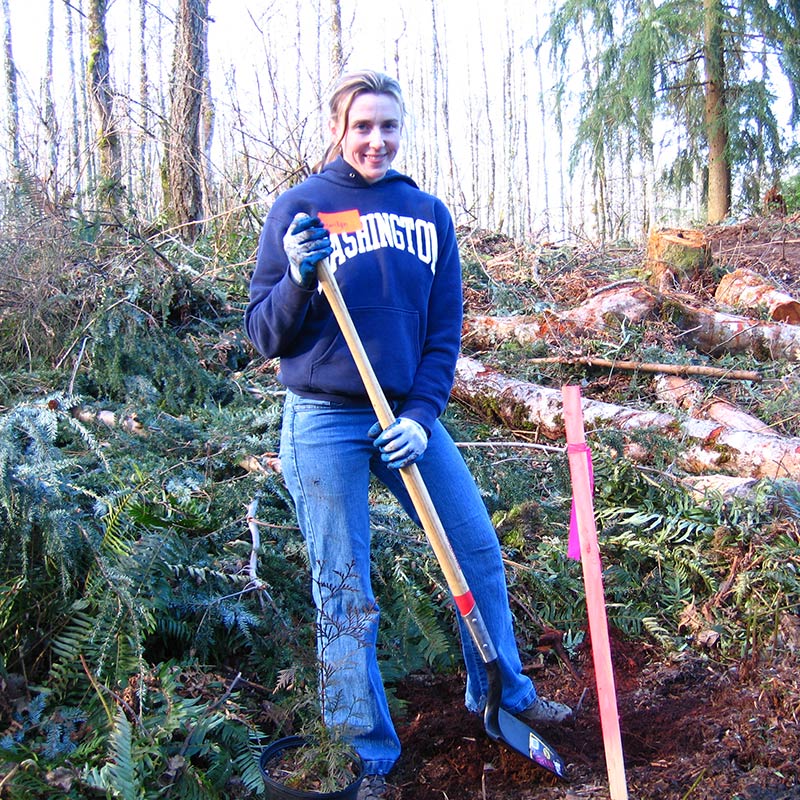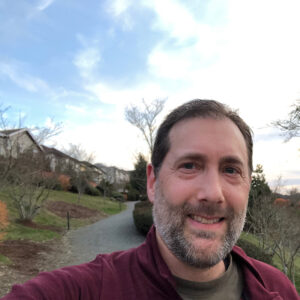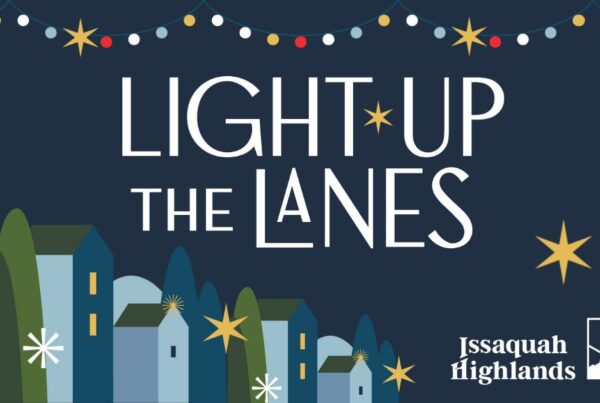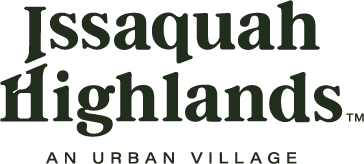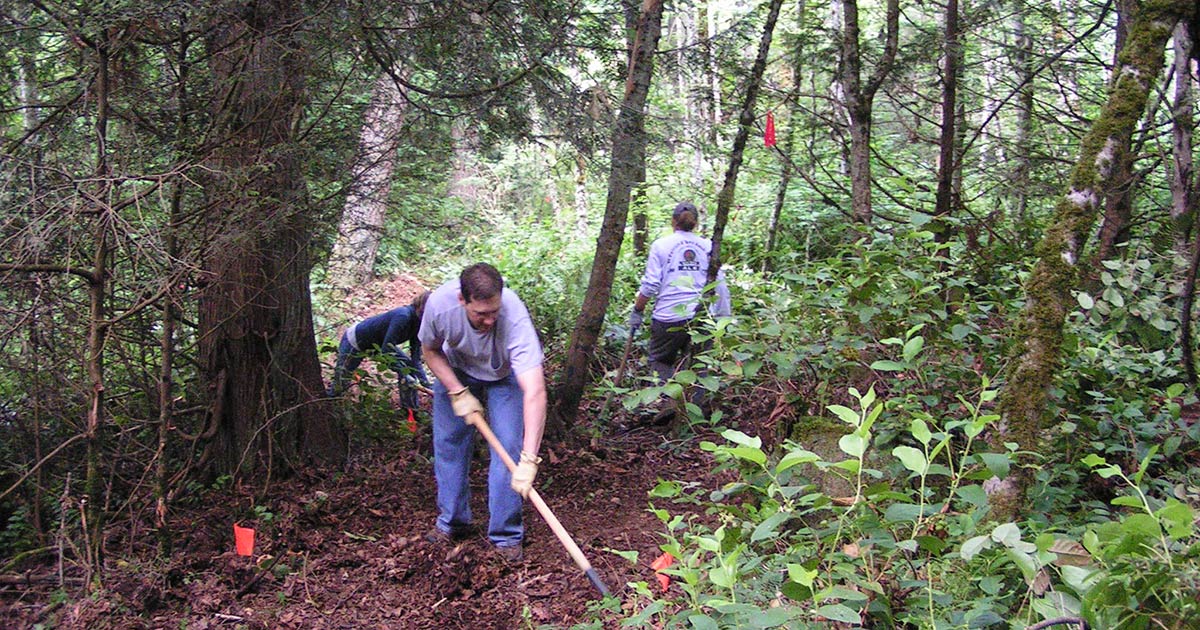
Marc Steingrebe is a Sorrento resident and a former member of the Issaquah Highlands Parks & Trails Committee, which disbanded in 2009. In this Q&A, Marc reflects on the committee’s work and its legacy in our community.
What was the Issaquah Highlands Parks & Trails Committee?
The Issaquah Highlands Parks & Trails Committee was a neighborhood committee comprised of neighborhood volunteers and an Issaquah Highlands Community Association (IHCA) staff member. Our mission was to help build and improve the parks, trails, and wetlands areas in the Highlands.
When did you first join the committee, and why?
I first joined the committee in 2005. My wife, Marilyn, joined the committee shortly after I did. We were interested in helping improve and build trails in the neighborhood because, at that time, there was a lot of potential for trail improvements and new trails.
How did the committee impact the creation of parks and trails in Issaquah Highlands?
The committee did a lot:
- We helped choose the names of some of the neighborhood parks and helped choose age-specific playground equipment and features.
- We helped plan, build, and maintain trails and added trail signs.
- We had an “adopt-a-wetland” sub-committee that helped preserve wetlands and removed invasive weeds, such as thistle, ivy, and scotch broom.
- The committee installed bat boxes to attract bats and keep mosquitoes and other insects to a minimum.
- We named some short neighborhood trails and routes around the north ponds near Bark Park.
- We developed informational and educational kiosks in the neighborhood and led neighborhood hikes on our local trails.
Which trails did the committee help to create?
The main trail created with our involvement was the connector trail from South Pond to the Grand Ridge Trail. It was a big project that our committee initiated, planned, coordinated, and built with the IHCA, the city of Issaquah, King County, and the Washington Trails Association. We also improved and maintained other trails, including Kathy’s Trail, which starts near Trailhead Vista, and the old Puget Sound Energy (PSE) Trail, now the paved trail between the Forest Ridge neighborhood and Central Park. (Before it was paved, this trail was a lot of work to maintain due to the trees, brush, streams, and wetland areas.)
How was the community directly involved in the creation of our trails?
As a committee, we recruited people in the neighborhood to help build and maintain trails and be involved in the committee. For a number of years, we had weekly work parties to help improve Kathy’s Trail and the PSE Trail mainly. Sometimes, we asked for help from the WTA when the work needed was beyond our capabilities and required more people and tools, like when large trees came down across the trail after a storm. Everyone on the committee was able to help with different tasks, whether they were administrative and planning tasks or physical work.
What is one thing you wish the community knew about our local trails?
Many of the trails inside and just outside the Highlands are built on top of old mines. There are dangers still, so it’s good to stay on the trails and don’t venture off. Keep pets on a leash and teach kids about the dangers so they don’t go off-trail. Old mine shafts can open over time, and not all of them are protected. Some of the old mine shafts outside the neighborhood have had to be re-sealed or have large blocks of concrete placed over them.
Why is it important to preserve and maintain our community’s trails?
It’s important to preserve our community’s trails for a lot of reasons: they are very valuable to have in our neighborhood and are great for fitness and recreation, help our community come together and enjoy nature, and help our kids learn to play together. The committee had some ideas for new trails that never happened, and I hope there will be interest in adding new trails at some point.
Photo (top): Marc (in the foreground) helps to build the connector trail between South Pond and the Grand Ridge Trail in 2008. Photos provided by Marc Steingrebe.

